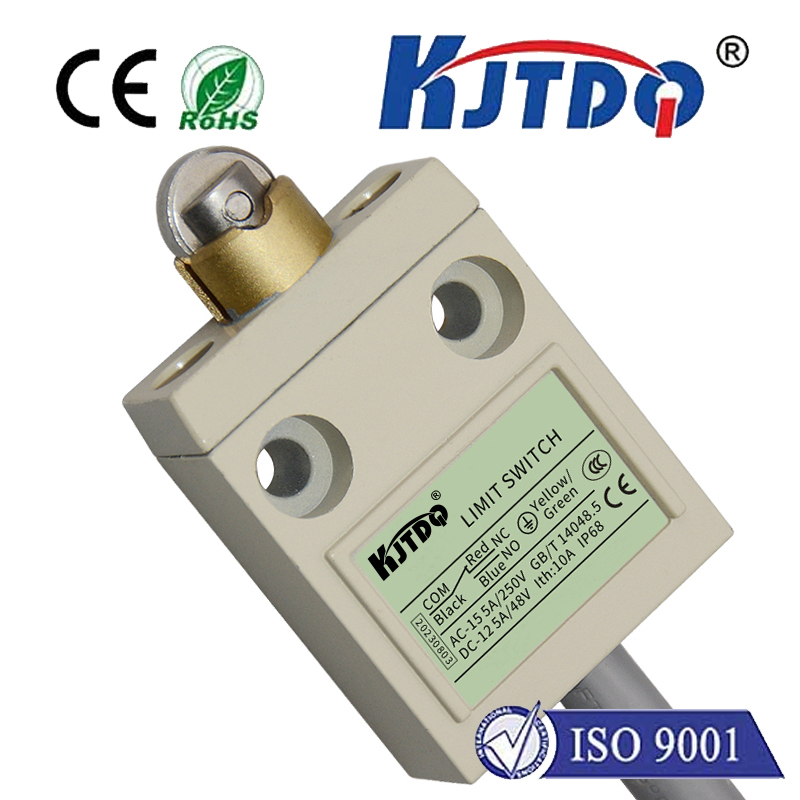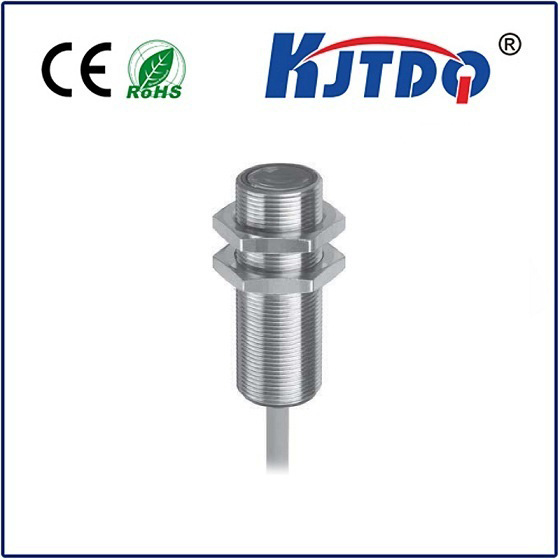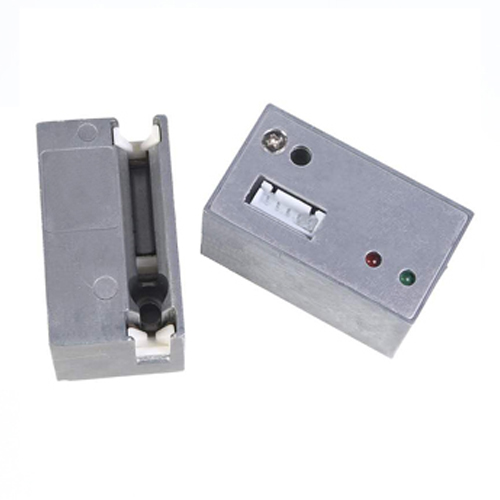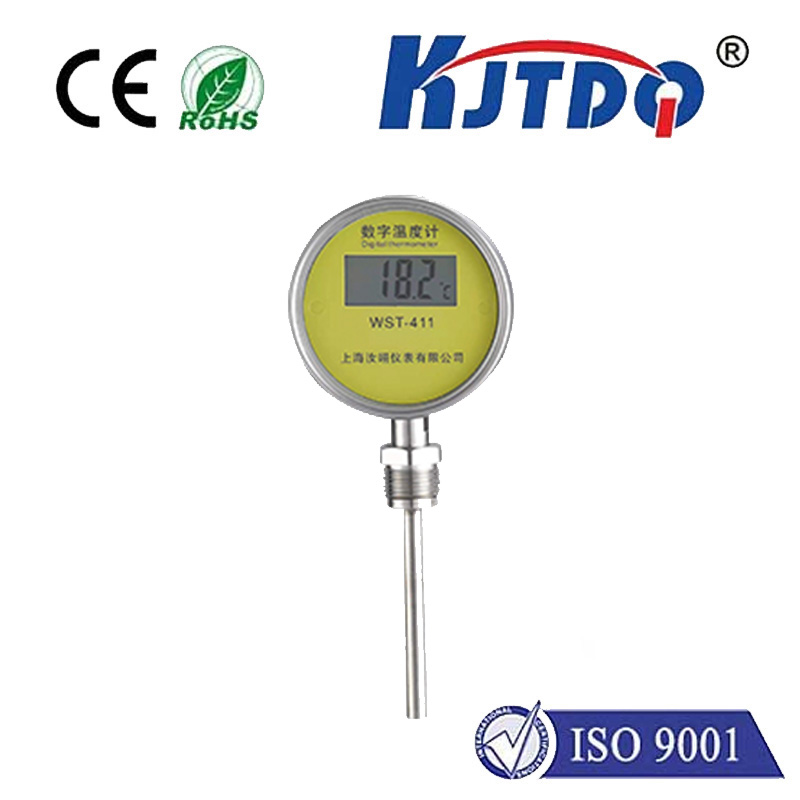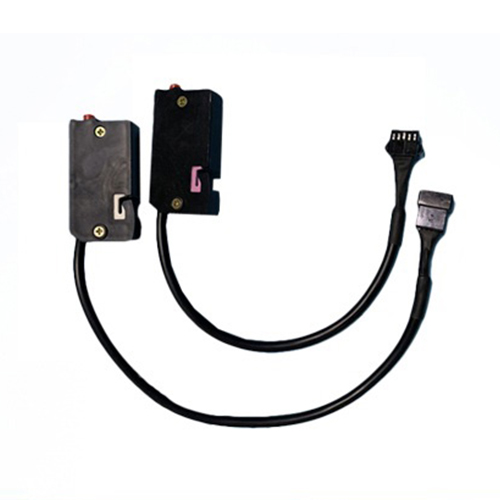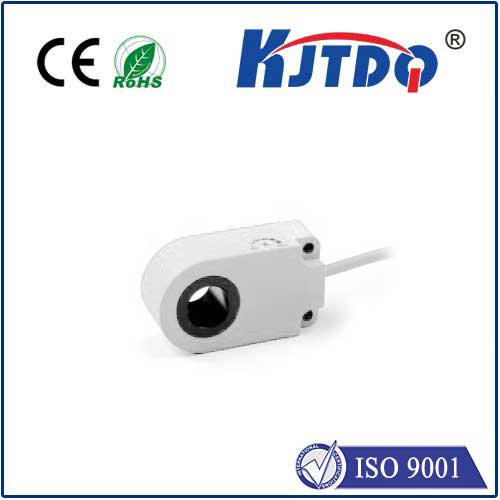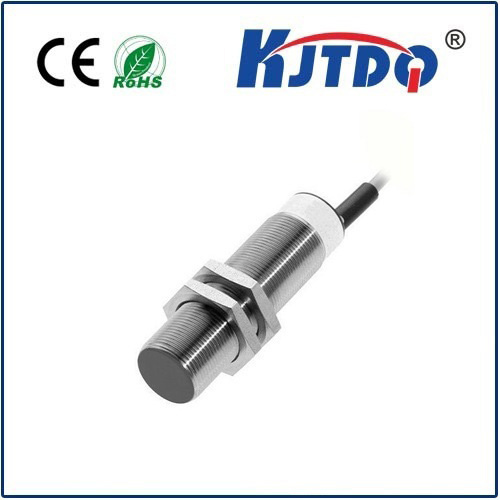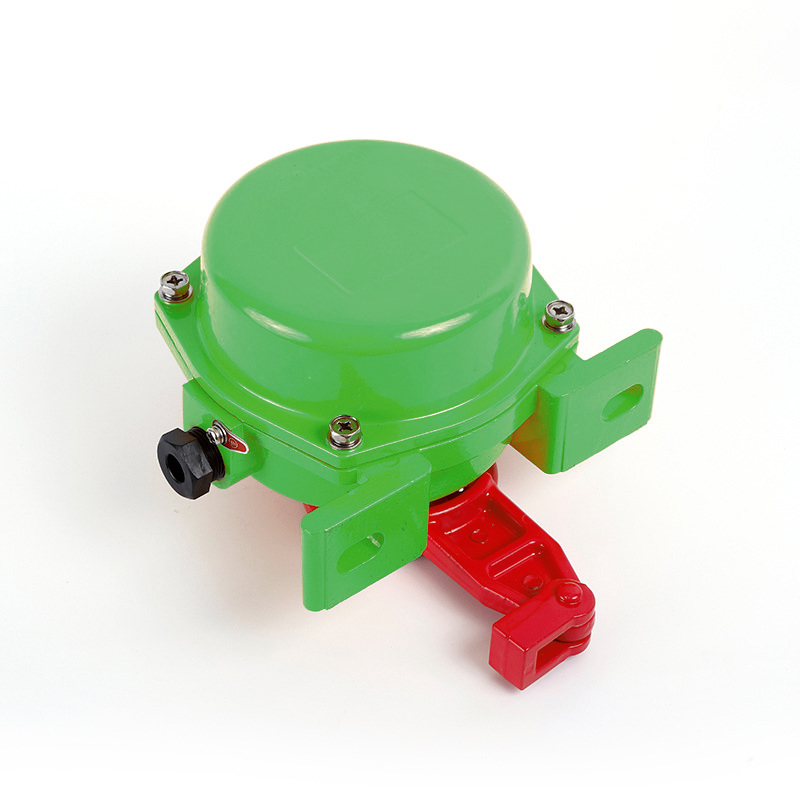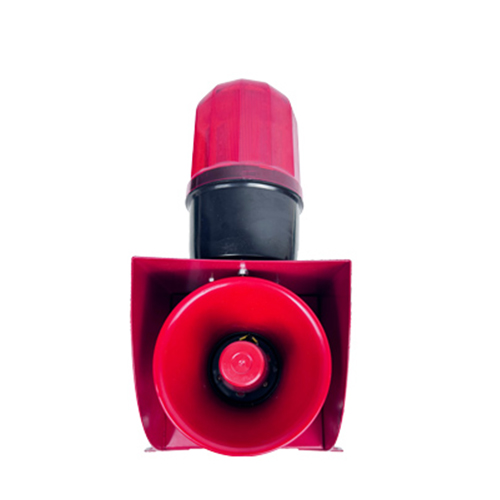photoelectric sensor 4 wires ( mse italy)
- time:2025-09-11 02:54:17
- Click:0
MSE Italy 4-Wire Photoelectric Sensors: Power, Signal, and Precision Defined
**That unexpected production line stoppage. The mysterious jam in the packaging machine. Often, the root cause lies not in complex robotics, but in the silent sentry at the edge of the process: the photoelectric sensor. When reliability and clear signal separation are non-negotiable, the 4-wire photoelectric sensor, particularly those engineered by MSE Italy, becomes an indispensable component in industrial automation.** Understanding their design and advantages is key to optimizing performance and minimizing headaches.
Unlike their more common 3-wire counterparts, MSE Italy’s 4-wire photoelectric sensors fundamentally separate power and signal paths. This architecture brings distinct advantages in clarity, reliability, and simplified troubleshooting. Here’s how it typically breaks down:

- Power Supply Wires (Usually 2): These wires connect the sensor directly to its required DC voltage source (e.g., 10-30 V DC). One wire is typically Brown (or Red) for positive voltage (
+V), and the other is Blue (or Black) for the negative/common (0V or COM). This dedicated pair ensures the sensor’s internal circuitry – the light emitter (LED or laser) and the receiver amplifier – receives stable, uninterrupted power.
- Signal Output Wires (Usually 2): These wires deliver the sensor’s status – whether it detects an object (
on) or not (off). Crucially, 4-wire sensors provide two separate, isolated output circuits.
- Typically Black: Represents the Load connection for one output type (e.g., NPN normally open - NO).
- Typically White: Represents the Load connection for the complementary output type (e.g., PNP normally open - NO).
This dedicated separation of power and signal is the core strength of the 4-wire configuration.
Why Choose an MSE Italy 4-Wire Photoelectric Sensor? The Compelling Advantages
The specific 4-wire design offers unique benefits that make MSE Italy sensors ideal for demanding applications:
- Crystal-Clear Signal Isolation: This is paramount. With power and signal paths entirely separate, there’s no risk of feedback or signal corruption originating from the power supply line interfering with the critical object detection signal. This translates to superior noise immunity, especially vital in electrically noisy industrial environments where motors, variable frequency drives (VFDs), or welding equipment operate nearby.
- Simplified Output Selection: MSE Italy designs its 4-wire sensors to provide both NPN and PNP outputs simultaneously on distinct wires. Imagine a sensor with both a Black (NPN NO) and White (PNP NO) wire. This eliminates the need to order a specific NPN or PNP variant. The installer simply connects the wire corresponding to the PLC or controller’s required input type (sinking/NPN or sourcing/PNP). This reduces inventory complexity and prevents installation errors stemming from incorrect sensor sourcing.
- Enhanced Troubleshooting: The separate wiring makes diagnosing issues significantly easier. Problems with the power circuit (e.g., low voltage, blown fuse) won’t directly manifest as erratic signals, and vice-versa. Technicians can quickly isolate whether an issue lies in the power supply or the signal path to the controller.
- Straightforward Electrical Interface: Connecting to a PLC is often simpler. The signal wire (Black or White) typically connects directly to the PLC input, while the complementary wire for that output type (the other wire not chosen) is connected to the opposite potential relative to the PLC’s common. Consult the specific MSE Italy sensor datasheet for the exact wiring diagram. This directness reduces potential connection mistakes.
Where MSE Italy’s 4-Wire Sensors Excel: Key Applications
MSE Italy, renowned for its robust industrial sensing solutions, leverages the 4-wire photoelectric sensor design effectively in scenarios demanding utmost reliability and signal integrity:
- Legacy System Integration: Retrofitting older machinery designed for relay logic or systems expecting isolated dry contacts. The 4-wire output mimics a relay contact well, simplifying integration without complex interfaces.
- Critical Safety or Monitoring Circuits: Applications where a false signal could have severe consequences benefit from the inherent noise immunity and clear signal separation.
- High Electrical Noise Environments: Manufacturing floors with heavy motor loads, welding stations, or large power distribution networks, where electromagnetic interference (EMI) is significant. MSE Italy sensors are built to European standards (like EN 60947-5-2) ensuring resilience.
- Flexible Connectivity: Situations where the receiving device (PLC, counter, HMI) input type isn’t standardized or might change, leveraging the dual-output capability.
- Reliable Detection of Challenging Objects: MSE Italy offers 4-wire sensors specializing in specific modes – from robust through-beam sensors for long-range detection or dirty environments, precise retro-reflective sensors with polarization filters to ignore shiny objects, to versatile diffuse sensors with background suppression for reliable close-range detection even on inconsistent surfaces.
Selecting and Utilizing Your MSE Italy 4-Wire Sensor Effectively
Choosing the right sensor involves more than just wire count. Consider these factors crucial for MSE Italy photoelectric sensors:
- Sensing Mode: Determine if through-beam, retro-reflective, or diffuse (with or without background suppression) best suits your object, range, and environmental needs.
- Range: Ensure the sensor’s specified operating range meets your application’s distance requirement.
- Output Configuration: While 4-wire inherently offers flexibility, confirm the specific outputs provided (e.g., NPN NO and PNP NO on separate wires). The datasheet is your definitive guide. Confirm the required NPN or PNP input type on your controller and connect the corresponding sensor wire.
- Environmental Factors: Evaluate requirements for IP (Ingress Protection) rating (e.g., IP67, IP69K for washdown), temperature resistance, housing material (stainless steel often preferred), and resistance to chemicals or impacts. MSE Italy sensors often feature robust housings suitable for harsh conditions.
- Light Source: Visible red light, laser for precision, or infrared (IR) for discreet operation. Laser sensors offer extremely small, precise detection points.
- Connection: MSE Italy sensors typically use standard M8 or M12 quick-disconnect connectors, often pre-wired with flying leads. Ensure the connector type matches your system or be prepared to terminate the leads appropriately.
- Power Supply: Always supply the correct DC voltage within the sensor’s specified range (e.g., 10-30 V DC). Undervoltage can cause erratic operation; overvoltage will damage the sensor.
When wiring, meticulous attention to the wire color coding specified in the MSE Italy sensor’s documentation is critical. Incorrectly connecting the Brown (+V) or Blue (0V/COM) power wires can damage the sensor. Selecting the correct signal wire (Black or White) based on your controller’s needs (NPN or PNP) is essential






